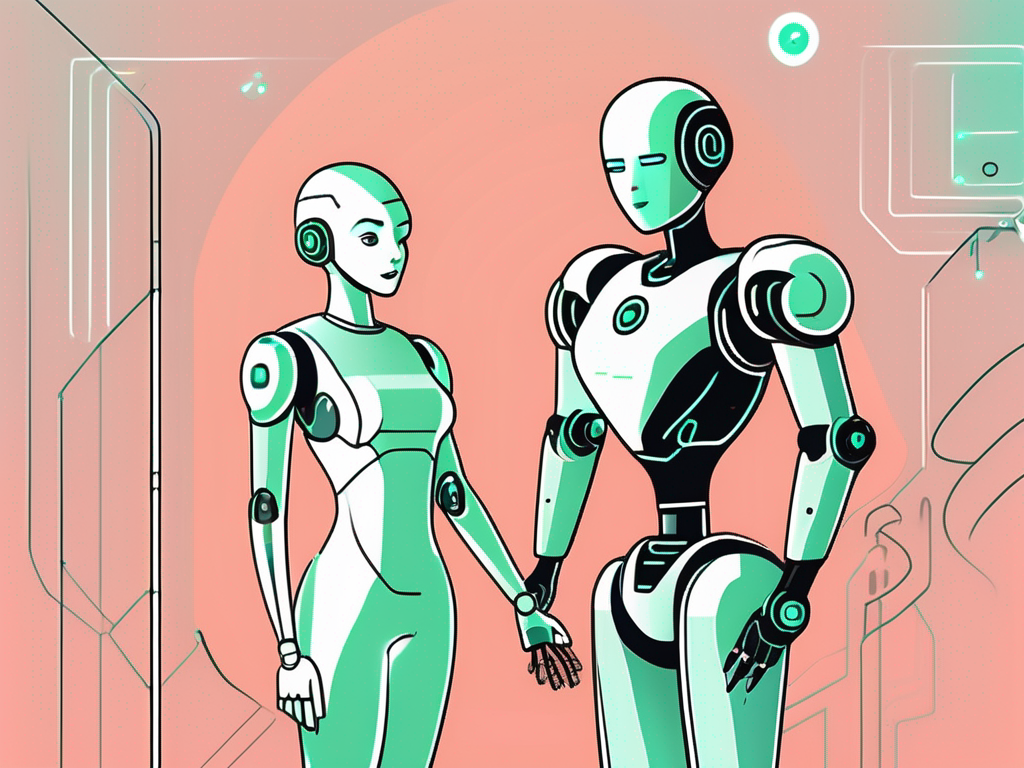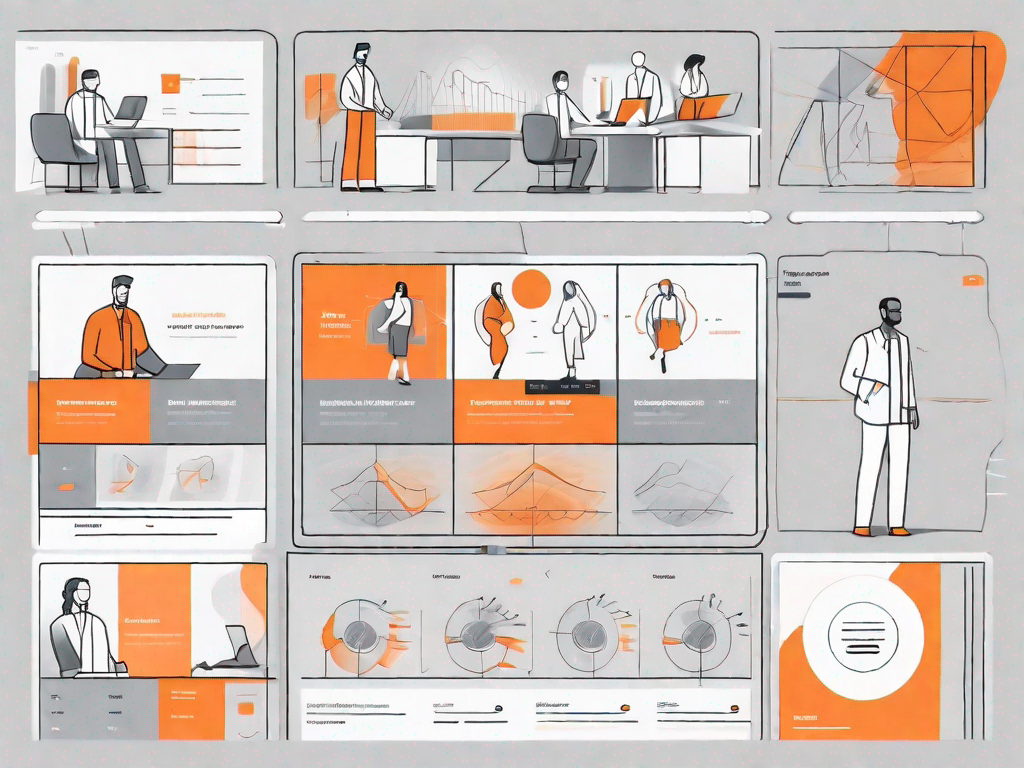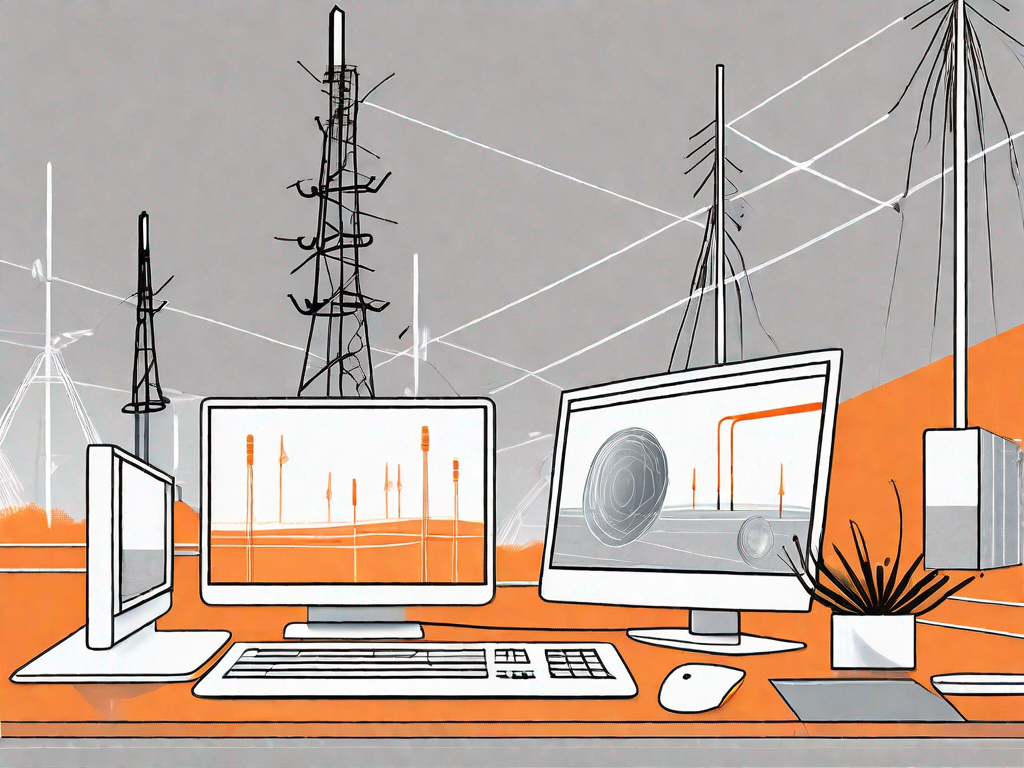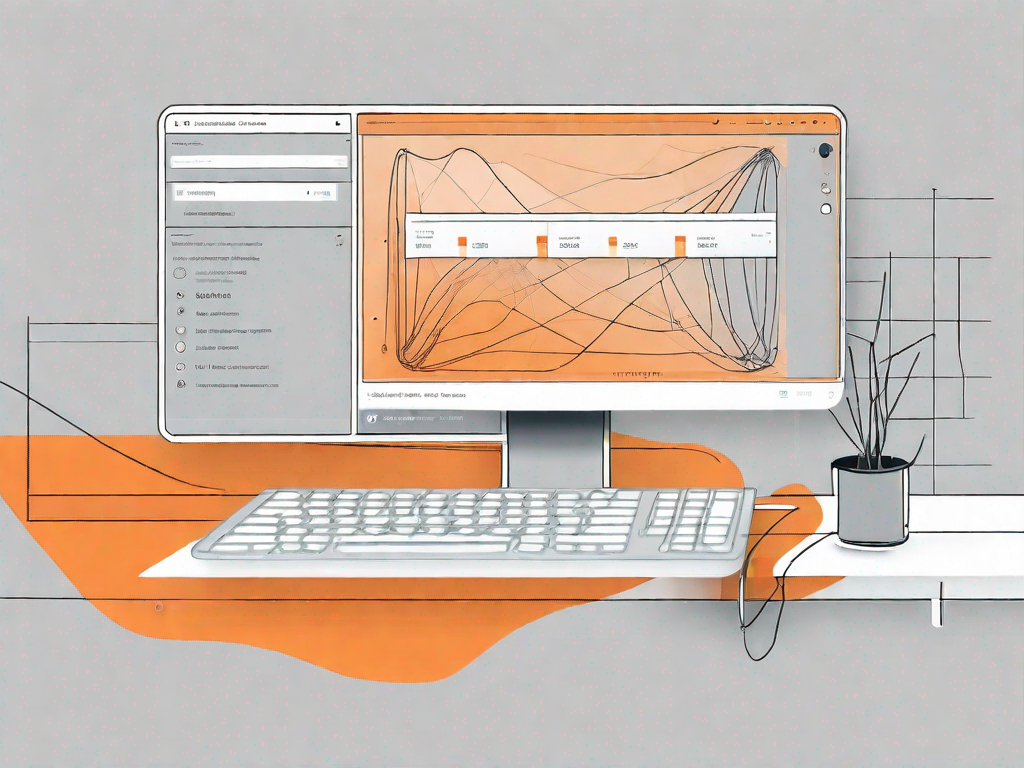.svg)
AI Agents vs. Chatbots: Understanding the Key Differences
.svg)

In the rapidly evolving landscape of artificial intelligence, the terms "AI agents" and "chatbots" are often used interchangeably. However, they represent distinct technologies with unique capabilities and applications. Understanding the differences between these two can help businesses and individuals make informed decisions about which technology best suits their needs. This comprehensive guide delves into the nuances of AI agents and chatbots, exploring their functionalities, applications, and the future they hold in the digital world.
Defining AI Agents and Chatbots
What Are AI Agents?
AI agents are sophisticated systems designed to perform tasks autonomously. They are capable of learning from their environments, adapting to new information, and making decisions based on complex algorithms. AI agents can operate across various domains, from personal assistants like Siri and Alexa to complex systems used in finance and healthcare. Their ability to process vast amounts of data and learn from it makes them invaluable in scenarios requiring high-level decision-making and problem-solving.
Unlike traditional software programs, AI agents are not limited to predefined instructions. They use machine learning and natural language processing to understand and interpret data, allowing them to perform tasks that require human-like intelligence. This adaptability is what sets AI agents apart, enabling them to handle dynamic and unpredictable environments effectively.
AI agents are often integrated into larger systems, working alongside humans to enhance productivity and efficiency. They can automate routine tasks, provide insights through data analysis, and even predict future trends, making them a crucial component in many industries.
Understanding Chatbots
Chatbots, on the other hand, are designed primarily for interaction and communication. They are programmed to simulate conversation with human users, often through text or voice interfaces. Chatbots are commonly used in customer service, where they can handle basic inquiries, provide information, and guide users through processes. Their primary function is to streamline communication, making it more efficient and accessible.
While chatbots can be powered by AI, many operate on rule-based systems, following a set of predefined scripts. These rule-based chatbots are limited in their ability to understand complex queries or learn from interactions. However, AI-powered chatbots, which utilise natural language processing, can understand context, recognise intent, and provide more personalised responses.
The simplicity and accessibility of chatbots make them an attractive option for businesses looking to enhance customer engagement without significant investment in complex AI systems. They can be deployed across various platforms, including websites, messaging apps, and social media, providing a versatile solution for user interaction.
Key Differences Between AI Agents and Chatbots
Functionality and Capabilities
The primary difference between AI agents and chatbots lies in their functionality. AI agents are designed for complex tasks that require decision-making, learning, and adaptation. They can process and analyse large datasets, make predictions, and automate intricate processes. In contrast, chatbots are focused on communication and interaction, providing users with information and assistance through conversational interfaces.
AI agents are often equipped with advanced machine learning algorithms, enabling them to improve over time as they are exposed to more data. This learning capability allows them to handle a wide range of tasks, from simple automation to complex problem-solving. Chatbots, especially those that are rule-based, lack this adaptability and are limited to the scenarios for which they have been programmed.
Applications and Use Cases
AI agents find applications in various industries, including healthcare, finance, and logistics. They can be used to optimise supply chains, predict market trends, and even assist in medical diagnoses. Their ability to process and analyse data makes them invaluable in environments where precision and efficiency are paramount.
Chatbots are predominantly used in customer service and support. They can handle a high volume of inquiries, provide instant responses, and reduce the workload on human agents. This makes them ideal for businesses looking to improve customer satisfaction and streamline operations. Additionally, chatbots can be used in marketing to engage users and drive conversions through personalised interactions.
Integration and Deployment
Integrating AI agents into existing systems can be complex, requiring significant investment in infrastructure and expertise. They often need to be customised to fit specific organisational needs, which can involve extensive development and testing. However, once deployed, AI agents can provide substantial returns on investment through increased efficiency and productivity.
Chatbots, in contrast, are relatively easy to deploy. Many platforms offer chatbot development tools that allow businesses to create and integrate chatbots with minimal technical expertise. This ease of deployment makes chatbots an attractive option for small to medium-sized enterprises looking to enhance their digital presence without significant investment.
The Future of AI Agents and Chatbots
Advancements in AI Technology
The field of artificial intelligence is continuously evolving, with new advancements enhancing the capabilities of both AI agents and chatbots. Machine learning and natural language processing are becoming more sophisticated, enabling AI systems to understand and respond to human interactions with greater accuracy and nuance.
As AI technology advances, the line between AI agents and chatbots may blur, with chatbots becoming more intelligent and capable of handling complex tasks. This convergence could lead to the development of hybrid systems that combine the strengths of both technologies, offering enhanced functionality and versatility.
Impact on Industries and Society
The integration of AI agents and chatbots into various sectors is expected to have a profound impact on industries and society as a whole. In business, these technologies can lead to increased efficiency, cost savings, and improved customer experiences. In healthcare, AI agents can assist in diagnostics and treatment planning, potentially improving patient outcomes.
However, the widespread adoption of AI also raises ethical and societal concerns, such as job displacement and privacy issues. It is crucial for policymakers and industry leaders to address these challenges, ensuring that AI technologies are developed and deployed responsibly.
Preparing for the AI-Driven Future
Organisations and individuals must prepare for the AI-driven future by embracing these technologies and understanding their potential impact. Businesses should consider investing in AI training and development to stay competitive in the evolving digital landscape. Individuals can benefit from learning about AI and its applications, enhancing their skills and career prospects.
As AI agents and chatbots continue to evolve, they will undoubtedly play a significant role in shaping the future of technology and society. By understanding their differences and potential, we can harness their capabilities to drive innovation and improve our world.
Let's
Let’s discuss how we can bring reinvigorated value and purpose to your brand.







.svg)